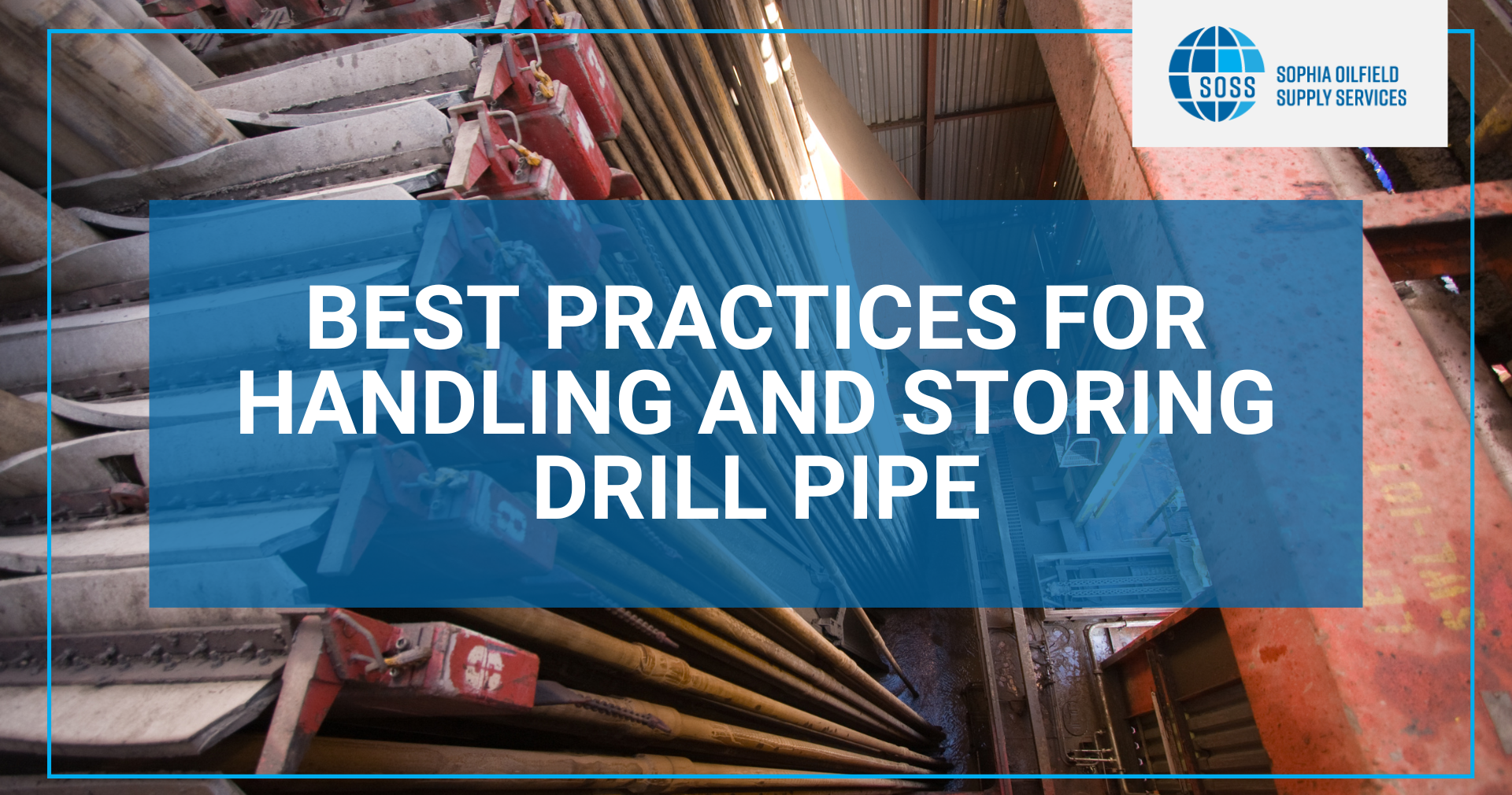Drilling operations represent an important stage in various industries, from oil and gas to infrastructure. At the heart of these lies a sophisticated range of drilling equipment designed to penetrate the Earth’s surface efficiently and safely. This pipe, comprising a pipe body, tool joints, and drill collars, are carefully connected and operated in position on the rig floor. Thread compound ensures safe connections between drill pipe segments, safeguarding against leaks and maintenance during drilling operations.
Drilling pipe undergo enormous pressure, torque, and fatigue environments to which they survive with no damage. It’s very important to know how to operate such equipment, to know what they are made of, and how they should be managed to prevent accidents and improve productivity.
Balancing Act of Strength and Durability
Drill pipe are primarily crafted from high-strength, low-alloy (HSLA) steel. This specific choice of material offers an exceptional blend of properties vital for their demanding function:
- High Strength: Sturdy steel is the material of choice which offers high durability and can take this tough job easily in spite of rigorous forces that are operated by the drill rig, drill string and other accessories such as drilling fluids.
- Resistance to Corrosion: Subterranean settings can sometimes act as the most challenging, which can have an effect of corrosion on the material.HSLA Steel, due to its good level of corrosion resistance, guarantees the pipe capacity load over longer timeframes.
- Weldability: Drill pipe are not one continuous piece. Instead, they are constructed from individual sections connected by threaded tool joints. The weldability of HSLA steel allows for the creation of strong and reliable connections that can endure the rigors of drilling.
During the drilling process, drill rods and collars give additional weight and stability to the drill string, ensuring efficient penetration into the Earth’s. The drilling contractor checks the operation, ensuring safety protocols and efficient progress towards objectives. From the rig floor to the depths of the borehole, every component of the drilling operation plays a crucial role in the successful execution of exploration and construction. Whether extracting natural resources or laying the groundwork for critical infrastructure, drilling equipment remains indispensable in shaping the world around us.
Best Practices for Handling Drill Pipe:
Given the critical role drill pipe play and the demanding conditions they endure, proper handling practices are essential:
- Rigorous Inspection: Drill pipe undergo regular inspections to identify potential damage like cracks, corrosion, or wear. Special tools like ultrasonic testing equipment are employed for in-depth analysis.
- Proper Storage: When not in use, drill pipe should be stored on racks designed to prevent bending or deformation.
- Lifting and Transportation: Drill pipe require specific lifting equipment and techniques to ensure safe and secure handling. Riggers and crew members must be trained on proper lifting procedures to prevent accidents.
- Cleaning and Maintenance: Every time after utilization; the drill pipe should be meticulously cleaned so that they are rid of debris and fluid which may be hazardous due to what it brings about accelerated corrosion.
- Record Keeping: Such information as achieved from such details of inspections, maintenance, and any blemished devices lifetime is the core warrant for drilling pipe safety.
Storage Techniques :
- Designated Storage Area: Selecting a well-maintained area with a proper drainage system helps mitigate the risks of corrosion and rust by not letting the water accumulate in the pipe. It’s important to have a surface that is firm and leveled for even distribution of weight and proper warping of the pipes. It is crucial to clear the debris and proper air circulation to minimize the potential damage.
- Safe Stacking: Spacers are installed between the pipe, they are usually made of wood or plastic, which helps the pipe to stay away from one another. Reducing the possible wear and tear during installation. The adequate distance from the ground (at least 1.5 ft/46 cm) is important. The space provides ventilation and prevents it from rusting.
- Secure Support: Installation of pipe racks helps with organization and prevents any minor damages that may happen due to winds etc. The pipe chocks are installed for their wedge-shaped support, they provide stability during the shifting or storage.
Looking at The Future of Drill Pipe Management
The new high-tech end devices being integrated every second help in enhancing drill pipe management. This is an industry that keeps evolving and new technologies keep implementing.
- Automated Inspection Systems: These systems are integrated with robotics and advanced sensors which will then automate the inspection process, speedup the work and get better results in discovering the underlying problems.
- Data-Driven Maintenance: A real-time monitoring of the system’s condition parameters, like pressure and torque can grant access to useful data, helping to take drill pipe health into consideration, thereby diminishing the likelihood of unforeseen misfortunes.
- Composite Materials: The research work on the composite materials such as carbon fiber shows that it can be an explorable option for the future of drill pipe.These materials can provide a rather lightweight and in some cases stronger contrast to the conventional steel pipe while retaining the pipe’s integrity.
Conclusion:
Drill pipe, despite their principle being often confiscated by cutting-edge drilling technologies, serve as irreplaceable instruments in the targeted penetration of underground resources. Having a grasp of the materials they are fabricated with as well as putting in place good practices for handling and storing will go a long way in providing for the desired safety, convenience, and durability of these robust elements. With the progression of the industry, new technologies, and fresh advancements emerging, the future of drill pipe management is on its way to becoming a rapidly evolving area where changes are inevitable and improvements are anticipated.

